 One of my absolute favorite children's authors is Frank Cottrell Boyce, British father of seven and author of three of the funniest, most gorgeous novels of the last decade--Millions, Framed and Cosmic. Last summer, he wrote a piece for the Guardian: "The Parent Trap: art after children."
One of my absolute favorite children's authors is Frank Cottrell Boyce, British father of seven and author of three of the funniest, most gorgeous novels of the last decade--Millions, Framed and Cosmic. Last summer, he wrote a piece for the Guardian: "The Parent Trap: art after children."
It's too good to miss.
We were still students when we got married and had our first baby. It must have been hard work. We didn't have a washing machine and we couldn't afford disposable nappies – but mostly we were drugged with happiness. Our only conversational gambit was: "Isn't he amazing?" Friends were mostly delighted, but also slightly appalled. From the first they'd take me aside and commiserate. "That's it now, Frank, the pram is in the hallway."
The full quote – from Cyril Connolly – is: "There is no more sombre enemy of good art than the pram in the hallway." In fact, we didn't have a pram or a hallway, but in the dark watches of the night I would sometimes look at the Maclaren Dreamer buggy in the corner of the tiny kitchen and think, is that it then? Will I have to go and get a proper job and never write again?
Happily, I had married a woman of terrifying courage who, the day I was offered a proper job, said: "Don't do it, Frank. Go to the library, write something for us." I didn't produce a work of precocious genius, but I did get myself started as a TV hack. Ever since then, fatherhood and writing have been inextricably intertwined for me.
I'm not the only one. The most commercially successful British writer (JK Rowling) and the most ferociously inventive (JG Ballard) were both single parents. Edith Nesbit had three children of her own, and then adopted the two that her feckless husband had with his mistress. She founded the Fabian Society, precursor of the Labour party, and still had time to write 60 novels, among them the most purely funny pages in the language.
My children have been a crucial part of my work in ways that I find hard to account for or anticipate. If I need to go on a research trip for a book or a film, we'll usually go as a family, and I find that – apart from the fact that it's useful to have extra eyes and ears – people and places tend to open up to you more. In southern Europe, in particular – now that the birth rate is practically zero – there is much nostalgia surrounding big families: when we turn up, all nine of us, it's as though a bunch of rock stars have arrived by steam train. Once, in Sicily, we got a round of applause just for walking down the street...
Read the entire piece at the Guardian.
Monday, June 20, 2011
Home »
» The Parent Trap: art after children
The Parent Trap: art after children
Monday, June 20, 2011
No comments




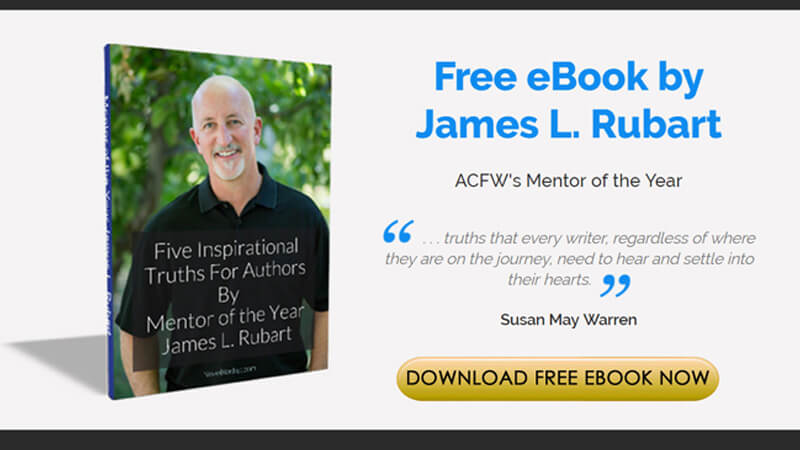

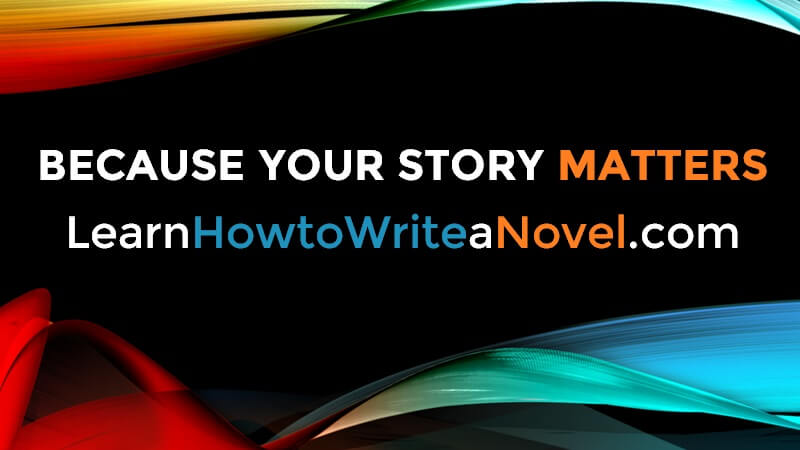
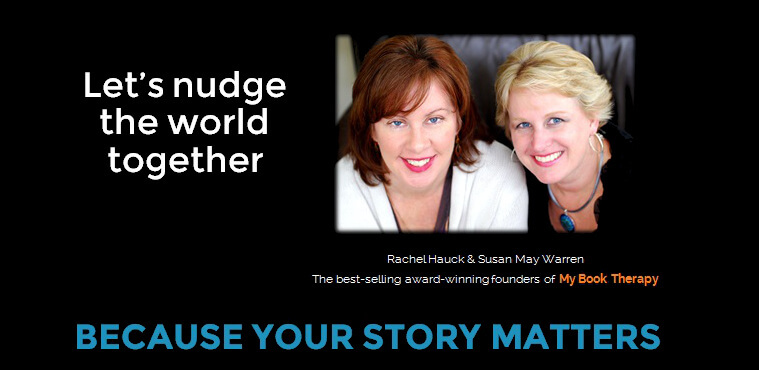

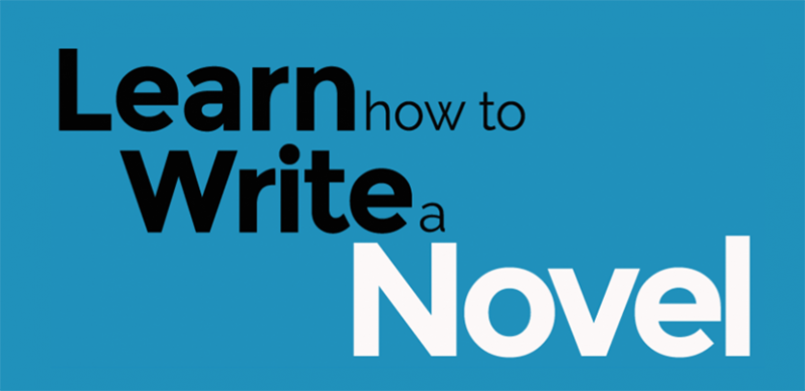



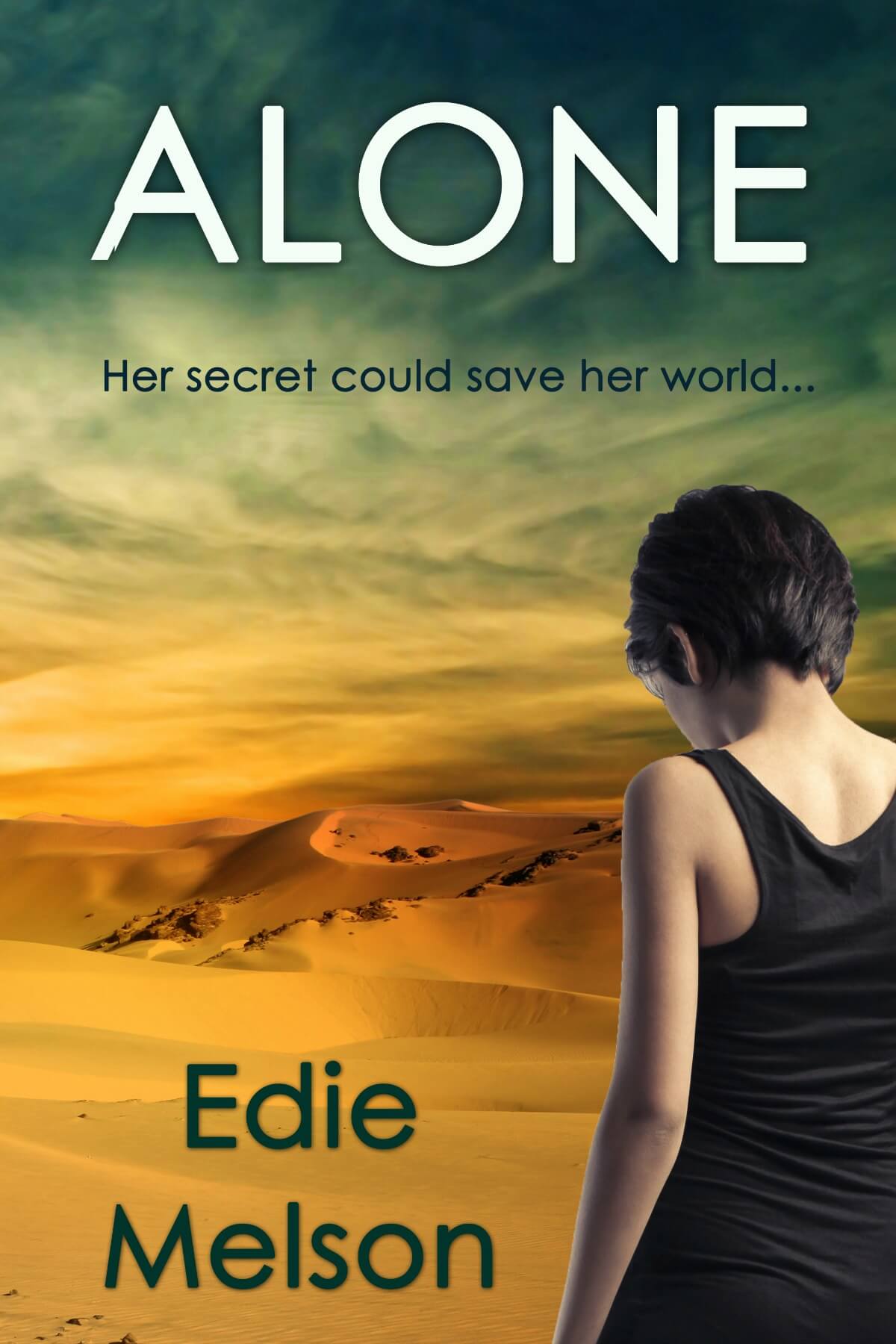









0 comments:
Post a Comment
Don't be shy. Share what's on your mind.